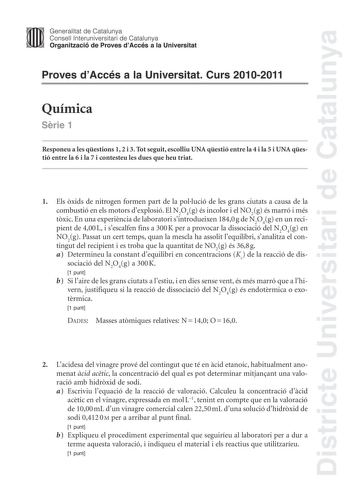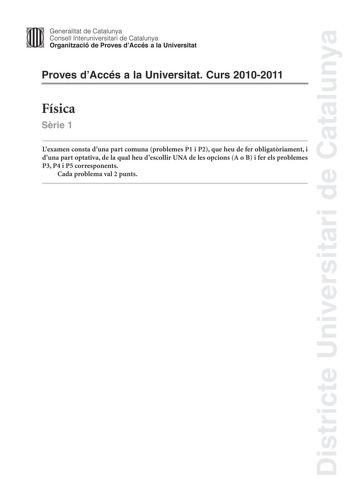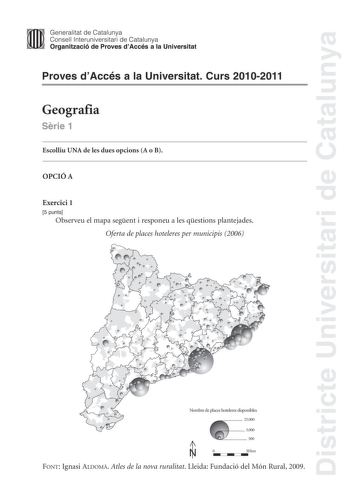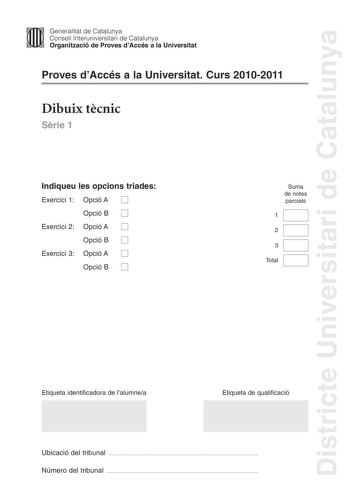Examen de Inglés de Cataluña (PAU de 2011)
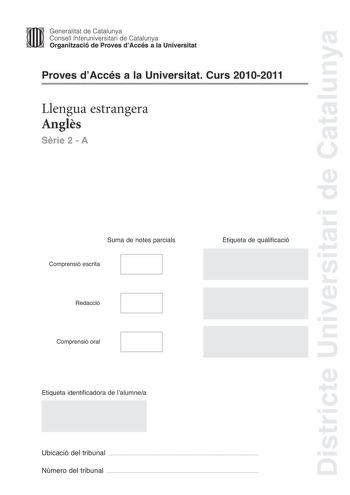
| Comunidad Autónoma | Cataluña |
|---|---|
| Asignatura | Inglés |
| Convocatoria | Extraordinaria de 2011 |
| Fase | General |
Temas mencionados new_releases

Ushuaia
Ushuaia is the capital of Tierra del Fuego, Antártida e Islas del Atlántico Sur Province, Argentina. It is commonly regarded as the southernmost city in the world. Ushuaia is located in a wide bay on the southern coast of Isla Grande de Tierra del Fuego, bounded on the north by the Martial mountain range, and on the south by the Beagle Channel. It is the only municipality in the Department of Ushuaia, which has an area of. It was founded October 12 of 1884 by Augusto Lasserre and is located on the shores of the Beagle Channel surrounded by the mountain range of the Martial Glacier, in the Bay …
Fuente: wikipedia.org
Clay Shirky
Clay Shirky (born 1964) is an American writer, consultant and teacher on the social and economic effects of Internet technologies and journalism.
Fuente: wikipedia.org
Southern Fuegian Railway
The Southern Fuegian Railway or the Train of the End of the World is a gauge steam railway in Tierra del Fuego Province, Argentina. It was originally built as a freight line to serve the prison of Ushuaia, specifically to transport timber. It now operates as a heritage railway into the Tierra del Fuego National Park and is considered the southernmost functioning railway in the world.
Fuente: wikipedia.org
Tierra del Fuego
Tierra del Fuego (Spanish for "Land of Fire") is an archipelago off the southernmost tip of the South American mainland, across the Strait of Magellan. The archipelago consists of the main island, Isla Grande de Tierra del Fuego, with an area of, and a group of many islands, including Cape Horn and Diego Ramírez Islands. Tierra del Fuego is divided between Chile and Argentina, with the latter controlling the eastern half of the main island and the former the western half plus the islands south of Beagle Channel. The southernmost extent of the archipelago is at about latitude 55 S.
Fuente: wikipedia.orgThe New Yorker
The New Yorker is an American magazine of reportage, commentary, criticism, essays, fiction, satire, cartoons, and poetry. It is published by Condé Nast. Started as a weekly in 1925, the magazine is now published 47 times annually, with five of these issues covering two-week spans.
Fuente: wikipedia.org
Beagle Channel
Beagle Channel is a strait in Tierra del Fuego Archipelago on the extreme southern tip of South America partly in Chile and partly in Argentina. The channel separates the larger main island of Isla Grande de Tierra del Fuego from various smaller islands including the islands of Picton, Lennox and Nueva; Navarino; Hoste; Londonderry; and Stewart. The channel's eastern area forms part of the border between Chile and Argentina and the western area is entirely within Chile.
Fuente: wikipedia.orgNew Thought
The New Thought movement (also "Higher Thought") is a philosophical movement which developed in the United States in the 19th century, considered by many to have been derived from the unpublished writings of Phineas Quimby. There are numerous smaller groups, most of which are incorporated in the International New Thought Alliance.
Fuente: wikipedia.org
Fusta
The fusta or fuste (also called foist or) was a narrow, light and fast ship with shallow draft, powered by both oars and sail—in essence a small galley. It typically had 12 to 18 two-man rowing benches on each side, a single mast with a lateen (triangular) sail, and usually carried two or three guns. The sail was used to cruise and save the rowers’ energy, while the oars propelled the ship in and out of harbor and during combat.
Fuente: wikipedia.org